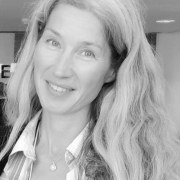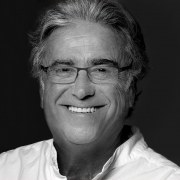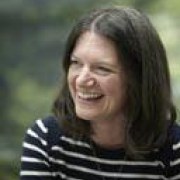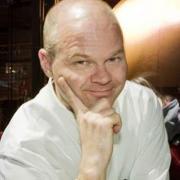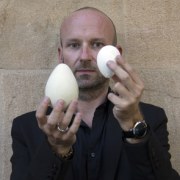The exponential potential of narrative - Part 1
Like “storytelling”, the word “narrative” has been applied to everything and is starting to lose all its meaning. But for those of us who seek to create experiences that inform and enlighten, narrative has become an effective ‘go-to’ approach. The process of science-making is narrative: coming up with hypotheses, testing them, and correcting them. It is only natural, then, that we have adopted the model of narrative to shape and promote science stories.
However, we have usually confined our deployment of narrative to the development of individual exhibitions. What if we expanded our reach? Could curators, educators, architects, designers, interactive and media producers integrate their work to make environments that actually embody their chosen stories and deliver the most concentrated and revelatory experiences?
This session studies the roots, meanings and employment of narratives in the museum context, followed by a demonstration of concrete examples. Attend Part 2 in the following time slot.
Session speakers
Lee H. Skolnick Architecture + Design Partnership
Architect Lee Skolnick will explore a deeper and broader role for narrative in the creation of the interpretive experience, going beyond the storytelling of exhibits to the potential inherent in the integrated building and designed environment.
Professor of Museum Studies
School of Museum Studies, University of Leicester
Professor Suzanne MacLeod will talk about narrative design approaches as a research method. She has worked with Historic Royal Palaces to look at their interpretation at the Tower of London and with Imperial War Museum North to explore the issues they were facing with their visitor experience. In each case, work is built on ideas of narrative, utilising design strategies of mapping experience and thinking through the lens of narrative environments to problem solve for the organisation. The findings involve design – in the sense that they relate to the physical museum and the shaping of a visitor experience – but they tend also to get into questions of organisational focus and how you manifest mission in space.
Mikko Myllykoski will analyze a novel narrative approach that Heureka is trying out in "7 Siblings from the Future" exhibition (opening in Nov 2017). The exhibition is entirely a story, where the visitor is the protagonist, making choices about the future and helping the 7 siblings to create their new habitat, a nature city. The 7 siblings are fictional characters, developed for this exhibition, and presented on videos, life-size, addressing the visitor. They have different values and thus, different ideas about the future of the city they are creating. The epilogue of the exhibition is summing the choices up, individually and collectively (all the visitors), and finding out who of the 7 fictional siblings would be closest to you, your ‘soul mate’. All the choices are framed by climate change, and issues vary from housing and traffic to food and education.
Muséum d'histoire naturelle Neuchâtel
How can natural history museums enhance the experience of visiting an exhibition? In Neuchatel, we have experimented with two ways of approaching this question - humor and storytelling. Using two of our exhibitions, Manger la mécanique du ventre (Oct 2016 – Feb 2017) et Pôles, feu la glace (Sept 2018 – Aug 2019) as examples, we will share our own experiences and the reactions of the public.

